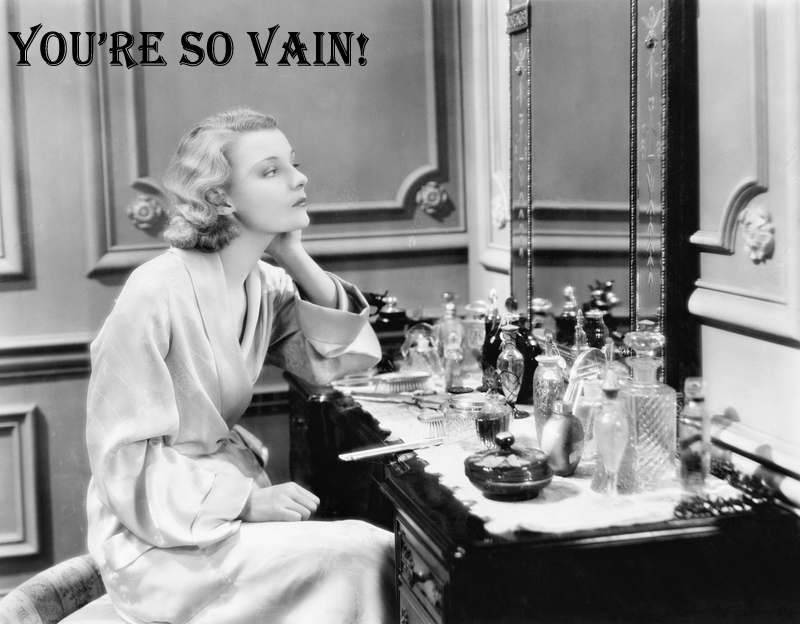“You’re so Vain!” echoes Carly Simon’s poignant refrain, a fitting soundtrack to our exploration of youth, vitality, and aesthetics. As her words resonate in conversations about the desire to look younger, this research challenges superficial judgments. Delving into the interplay between societal perceptions and the commanding evolutionary forces shaping our preferences, join me in exposing the paradox within. Together, we’ll unravel the complex dynamics of biological aging, chronological age, and our deeply ingrained evolutionary instincts.
- Survival of the Fittest: From an evolutionary standpoint, the instinct to seek out healthy and robust mates is deeply ingrained. In our ancestral past, choosing a partner who displayed signs of vitality and fitness increased the likelihood of producing offspring with a higher chance of survival. Youthfulness and muscularity often correlate with good health, making them attractive indicators of genetic fitness.
- Fertility and Reproductive Success: Youth is often associated with peak fertility in both men and women. Subconsciously, we are drawn to individuals who appear more fertile, as this enhances the chances of successful reproduction. Evolution has programmed us to prioritize traits that contribute to reproductive success, and youthful features are a key component of this reproductive strategy.
- Social Signaling and Status: Aesthetics play a crucial role in social signaling. Physical attractiveness is often linked to social status, and individuals with desirable traits are more likely to be perceived as successful. This perception is deeply rooted in evolutionary psychology, where the ability to secure resources and provide a safe environment for offspring was crucial for survival. Hence, the attraction to aesthetics can be seen as a way of identifying potential mates with higher social standing.
- Health as a Proxy for Genetic Fitness: Our brains are wired to assess potential mates based on visual cues that signify good health. Youthful skin, clear eyes, and a well-maintained physique are all indicators of an individual’s overall well-being. Choosing a partner with these traits is, in essence, a subconscious selection for genetic fitness, as it increases the likelihood of passing on resilient and adaptive genes to future generations.
- Cultural Influence and Media Portrayals: While evolutionary factors play a significant role, cultural influences and media portrayals also contribute to our perception of attractiveness. Societal standards often amplify certain features, further shaping our preferences. The idealization of youth and vitality in media reinforces these evolutionary preferences and contributes to the perpetuation of certain beauty standards.
The evolutionary roots of our attraction to youth, vitality, muscularity, and aesthetics run deep, reflecting our ancestral instincts for survival and reproductive success. While societal and cultural factors undoubtedly play a role in shaping beauty ideals, the underlying drive to seek out healthy and genetically fit mates remains a powerful force in human psychology. Understanding these evolutionary dynamics provides valuable insights into the complex interplay between biology, culture, and our innate preferences.
Fear not, my friends. Although you may “think the song is about you”, it isn’t just vanity that keeps you striving toward your own personal fountain of youth. Let’s keep pushing the boundaries of chronological aging, in a healthy way, together!!

